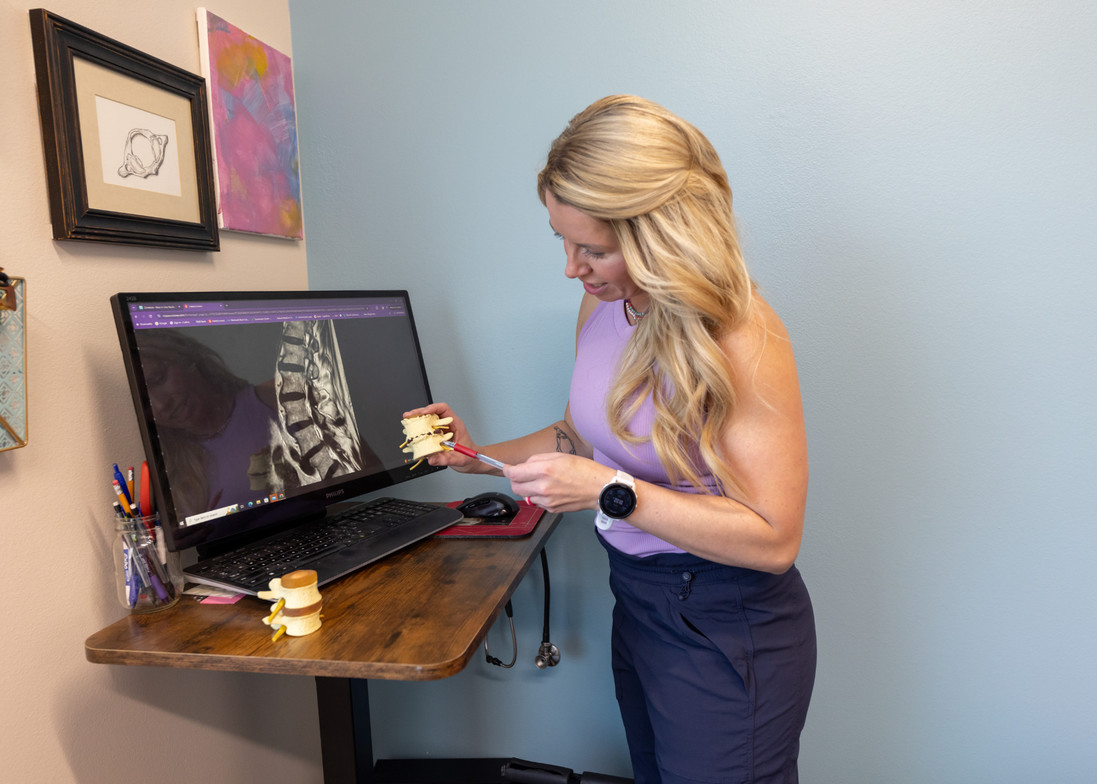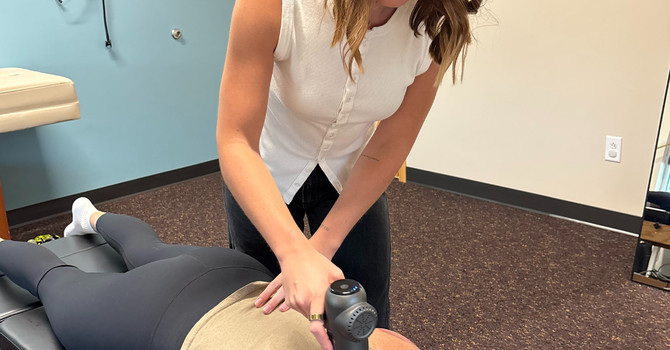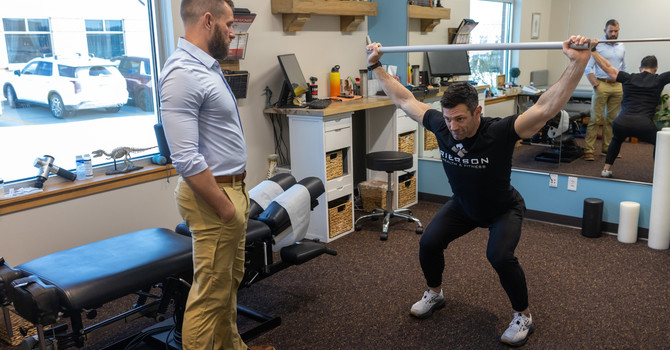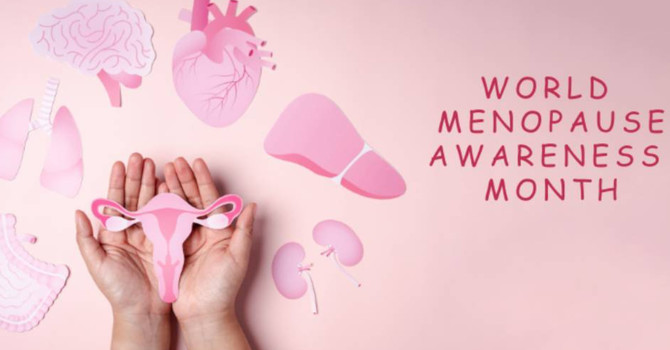
Yep, I said it: bone health is not sexy. As a chiropractor, it’s embarrassing to admit that when folks ask me to do talks, often they request “posture” or “bone health.” I remember years ago thinking, “How in the world can I make posture and bones fun, engaging, motivating?” I get pumped talking about brain health, adrenal mojo, gut flora, or food sensitivities. But bones? Snoozeville. Sounds like something only 90‑year‑olds need to mess with.
Yet here’s the cosmic joke: once you hit midlife (or your parents start shattering hips), even I can’t ignore bones anymore. I’ve had to wake up. My own parents suffered osteoporotic fractures. And in diving into functional & integrative health, I realized the one “organ” I was neglecting was the one literally keeping me upright.
So, friend, let’s get practical: what you do in your 20s, 30s, and 40s literally builds your “bone bank account”, so when menopause or andropause hits, the bone withdrawal doesn’t decimate you.
Why Bone Mineral Density (BMD) Matters & How DEXA Gives You a Baseline
Bone mineral density (BMD) is your best quantifiable measure of how much mineral (largely calcium and phosphate) is packed into your bones. The denser, the better—within reason.
Enter DXA / DEXA scan (dual‑energy X‑ray absorptiometry). This is a simple, painless imaging test that measures how much mineral is in key bones (hip, spine, sometimes wrist).
T‑score & Z‑score
-
T‑score: Compares your bone density to a “young healthy adult” benchmark (usually in your 20s/30s). Used mostly for people 50+ or postmenopausal women. PMC+3NIAMS+3Medscape+3
-
T ≥ –1.0 → Normal
-
T between –1.0 and –2.5 → Low bone mass / osteopenia
-
T ≤ –2.5 → Osteoporosis (or “brittle bones” territory)
-
-
Z‑score: Compares your BMD to people of your age, sex, and ethnicity. Usually used in younger people (pre‑menopausal women, younger men).
-
A Z ≤ –2.0 might flag “bone density is low for your age.”
-
So getting a DXA in your 30s or 40s gives you a baseline. Even though conventional healthcare often doesn’t “allow” or “cover” bone scans until later in life, having your BMD early gives you an advantage.
Why? Because when menopause (for most women) or andropause (for men) arrive, you’ll begin losing bone mass. It’s estimated that in the early menopause transition, women lose roughly one‑third of their total bone density. That’s a big withdrawal.
If your “bone bank account” is fairly flush from decades of good deposits, the hit won’t be as catastrophic.
Bones + Muscles = The Double Whammy No One Warns You About
Osteoporosis (weak bones) doesn’t always cause pain—but it often rides shotgun with sarcopenia, the age‑related loss of muscle mass. Weak muscles + fragile bones = a dangerous combo.
Once you are older (65+), the risk of fracture skyrockets, and not just fractures—the fallout is often worse:
-
A hip fracture in someone 65+ carries an alarmingly high mortality and complication rate. Some newer studies suggest a 1‑year mortality post hip fracture of ~ 30–40% in older adults.
-
Survivors often suffer dramatically reduced quality of life: inability to walk independently, long hospital stays, increased dependency, a steep decline in physical function.
-
One study showed 12‑month all‑cause mortality of 12.8% after a severe osteoporotic fracture; for hip fractures specifically, mortality can be even higher.
-
Plus, once you fracture, your risk for future fractures goes up (refracture risk ~ 6% within a year in some studies)
-
Furthermore, after a fracture, comorbidities like heart disease, cognitive decline, diabetes, and even cancer risks tend to worsen. The stress, immobility, inflammation—all contribute.
In short: one broken bone can cascade into a lifetime of loss.
What Your 20s & 30s Can Do To Build Bone Now (Prevention Mode)
If you’re in your 20s or 30s, your bones are more responsive. Think of this as bone capital accumulation. These 8 habits help you stockpile reserves:
-
Lift heavy things (resistance training)
Weight training, bodyweight exercises, progressive loading—stimulate bone remodeling. -
High‑impact movement (within safe limits)
Jumping, hopping, skipping (if joints allow) send micro mechanical stress signals to bones. -
Get enough calcium (diet first, supplements selectively)
Dairy, dark leafy greens, sardines, nuts, seeds. -
Vitamin D + K₂ (in synergy with calcium)
D helps absorption; K₂ helps guide calcium into bones and away from arteries. -
Adequate protein intake
Bones are living tissue, and protein supports repair and matrix. -
Avoid chronic systemic inflammation / oxidative stress
Control sugar, processed foods, smoking, excess alcohol, gut health. -
Optimize hormonal health
In women: menstrual regularity, sufficient estrogen. In men: healthy testosterone. -
Minimize negative lifestyle factors
Avoid long periods of inactivity, excessive sitting, anti‑bone medications (when avoidable), and ensure safety with fall prevention.
These habits aren’t just for young folks—they carry over life.
What to Do in Your 40s / 50s / 60s — Especially Before 65
In these decades, you shift from “deposit mode” to “maintain + protect” mode. Here are 8 key strategies:
-
Get a “checkup with Jill” (hormones, cardiovascular, metabolic health)
Hormone balance (especially estrogen, progesterone, testosterone), insulin sensitivity, thyroid, adrenal function—these all influence bone. -
Consider DXA / bone composition testing before 65
Why wait? Use baseline information to guide interventions earlier. -
In perimenopause, consider BHRT (bioidentical hormone replacement therapy)
If symptomatic, BHRT can blunt bone loss when used under supervision. -
Stay consistent with resistance + impact training
Even in your 50s/60s, bones respond to stimulus—though more gradually. -
Maintain sufficient calcium, D3 + K₂, magnesium, trace minerals
Supplement wisely, ideally under guidance (blood levels help). -
Address vitamin D deficiency aggressively
Many adults are low. Optimize for bone (often 30–50+ ng/mL, depending on lab/approach). -
Support muscle mass (resist sarcopenia)
Combine resistance training + adequate protein + possibly periodic higher intensity (if safe). -
Fall risk mitigation & balance training
Strong bones don’t help if you fall. Work on balance, proprioception, vision, safe home environment.
Bonus: if a fracture occurs, get to a fracture liaison service (FLS) or bone health specialist ASAP to assess for secondary causes and start anti‑fracture therapy where appropriate.
Call to Action: Prevention & What to Do If You Already Have Osteoporosis
If you’re younger or have no diagnosis:
-
Think of every workout, every bite of calcium, every vitamin D dose as deposits in your bone bank.
-
Don’t wait for symptoms. A bone scan in your 40s isn’t overkill—it’s strategic.
-
Build muscle, lift weights, and treat your bones like a retirement account.
If you already have osteoporosis or suspect you do:
-
Don’t panic, but do act.
-
Get a DXA (or repeat if outdated).
-
Engage a bone health specialist or integrative provider to run labs (vitamin D, calcium, parathyroid, thyroid, sex hormones, kidney function).
-
Continue mechanical loading (as tolerated) + nutrition + fall prevention.
-
Monitor and manage comorbidities (cardiovascular, metabolic, inflammatory).
- Commit to follow‑ups and imaging to track progress.
- Consider a face to face strategy appointment with me to discuss your unique plan of action, and how we're going to track treatment success.
Tying It All Together
Bones may not be a totally sexy topic, but they are nonnegotiable. You wouldn’t wait until your roof collapses or your tires go bald to think about maintenance. Don’t wait for a fracture—or your 60s—to care about what’s under your skin.
If your younger years are your “bone savings account,” then perimenopause and beyond are your withdrawal years. If you didn’t make enough deposits, withdrawals can bankrupt you fast (in the form of fractures, disability, loss of independence, and rapid quality of life decline).
So whether you’re 25 or 55, take ownership: lift heavy, eat smart, test early, monitor, and be strategic. Don’t let weak bones be your downfall.



